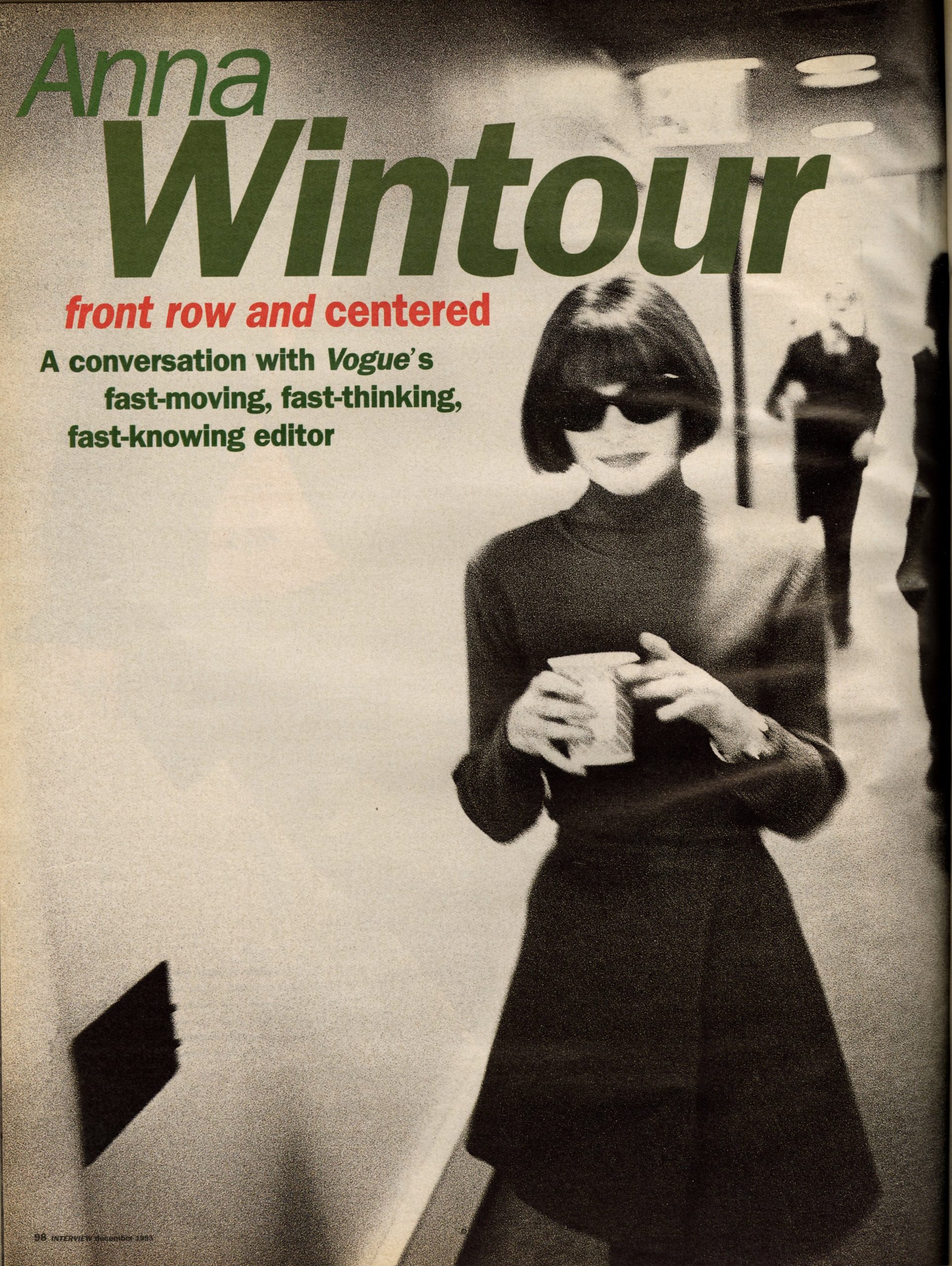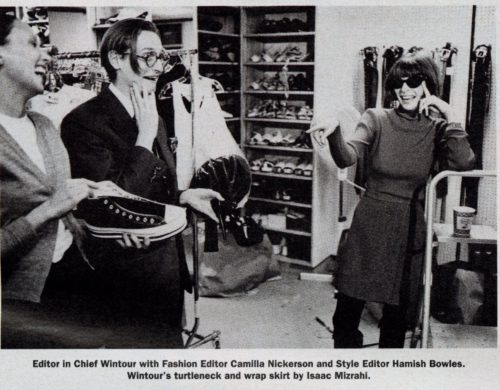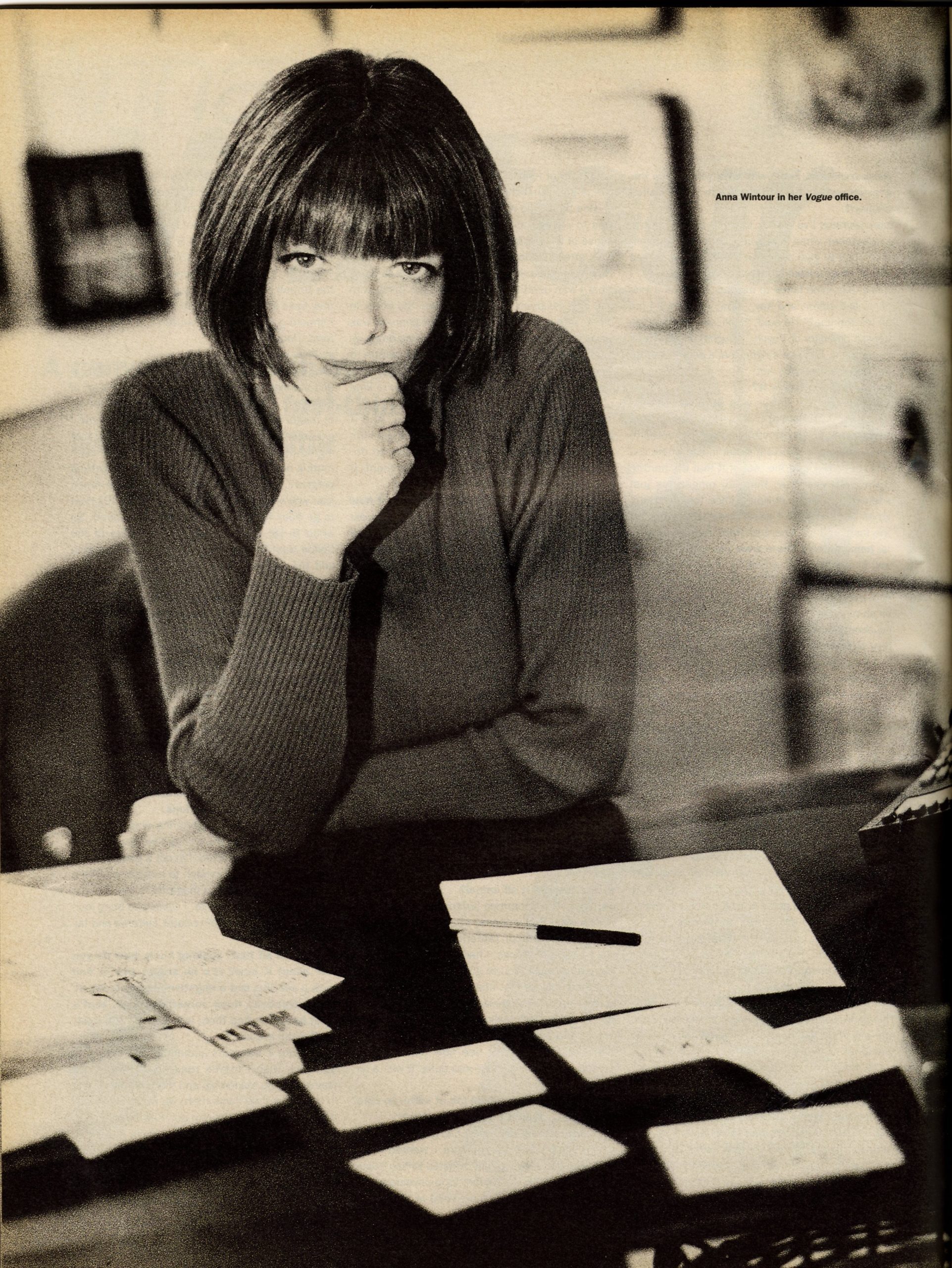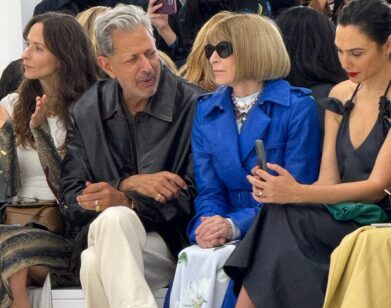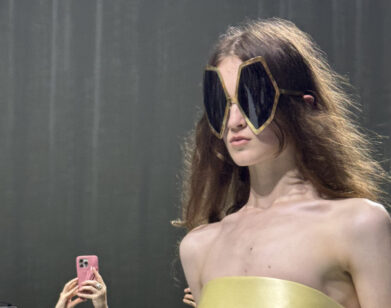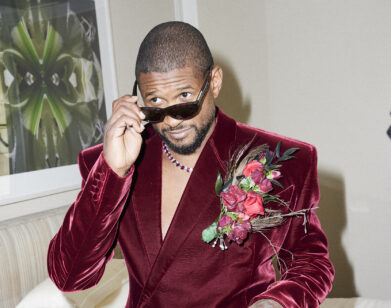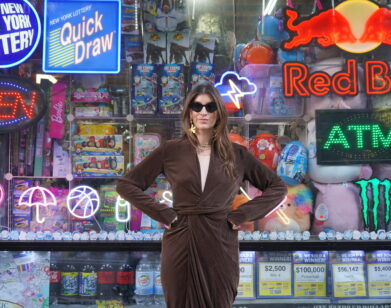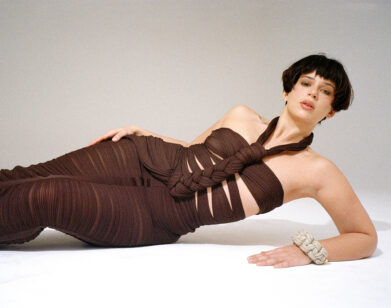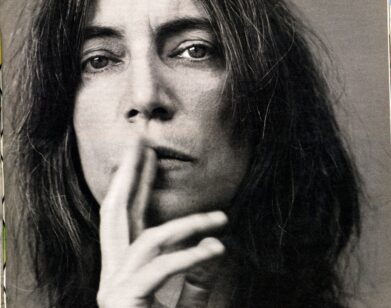culture
Life Lessons from Anna Wintour
Welcome to Life Lessons. This week, to mark the release of the buzzed-about Anna Wintour biography, Anna: The Biography, we’re revisiting a feature on the iconic Vogue editor from our December 1993 issue. In it, the then- 45-year-old British journalist— pictured in her signature turtleneck sweater, an Isaac Mizrahi wrap skirt, and a pair of impenetrable black shades—sat down for a rare, candid conversation with Interview‘s then-editor in chief, Ingrid Sischy. In it, Wintour, whom we touted as “fast-moving, fast-thinking, and fast-knowing,” was already showing signs of the uncontested star power she would ultimately achieve as the lead creative force at Condé Nast, and the mastermind behind the most coveted party invite in the world. So sit back, and grab a pen—you might learn a thing or two.
———
“Magazines just seemed to be the obvious place for me. When I left school I went straight to work for the fashion department of Harpers & Queen.”
———
“It was the late ’60s, early ’70s, in London, and my god, everything was happening there, and it was all so much in the public eye. Everyone was talking about fashion, about models, about designers; they were becoming celebrities, and no one was being a snob about fashion the way they can be sometimes.”
———
“I was surrounded by what was going on. All this had an enormous influence on me.”
———
“When I moved to the States, in the late ’70s, it took quite a bit of time to understand American fashion. In fact, I was fired from my first job not understanding American fashion.”
———
“One thing I did when I came to Vogue as editor was to change all that and give a freedom and sense of the whole back to the sitting editors. Anyway, after a couple of other stints I ended up at New York Magazine, and I was right back to doing what I was used to doing: the whole thing, with just one assistant. Ed [Kosner, then-editor in chief of New York Magazine, and later of Esquire] was great, because once he saw what I was doing, he said, ‘Just go do it.’”
———
“I’d always greatly admired British Vogue and its approach to fashion, to idiosyncrasy and eccentricity. The people there were all individuals I knew and respected for their terrific sense of style.”
———
“I’m not a great believer in the coffee-table approach to magazines. I’m a journalist. I don’t think a magazine’s like a book, it should be a mirror of life. I wanted to bring journalism and a melding of unusual cultures and humor to House & Garden.”
———
“I don’t believe in going back. Magazines about fashion are inherently about change. Of course, you have to have enough reality in the magazine not to lose a lot of readers or a lot of people who aren’t as hip as everybody else or as willing to accept change, so I am always trying to keep that in mind.”
———
“I’d like to think that if you take out fashion, you have a modern feature magazine in Vogue, whether we are talking about breast cancer or Bosnia or Mrs. Clinton. There are other magazines that do not believe in all that.
———
“I’m always saying, ‘Give me the modern view, give me the journalistic view.’ Let someone else wallow in nostalgia or rip off another photographer.”
———
“I think people respect honesty. If you tell everybody everything’s wonderful all the time, what can they believe?”
———
“Our readers aren’t that stupid. We put things in the magazine that we
believe are important, or are moving fashion forward.”
———
“To say that certain models are finished right now is just dumb. It makes me mad. You don’t become a great model overnight. You have to work, to learn all the tricks of the trade; you have to grow, mature—your body changes. You have to work with the best photographers.”
.
———
Listen, if fashion doesn’t have change, it doesn’t exist. We just had a big change. If you think back to the ’80s, you think about a bright-colored, tight power suit with shoulders out to here, a skirt you can’t move in, and heels.”

